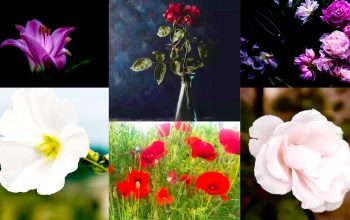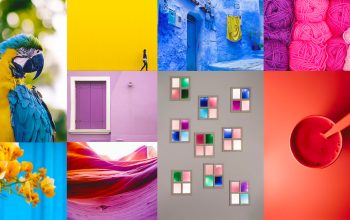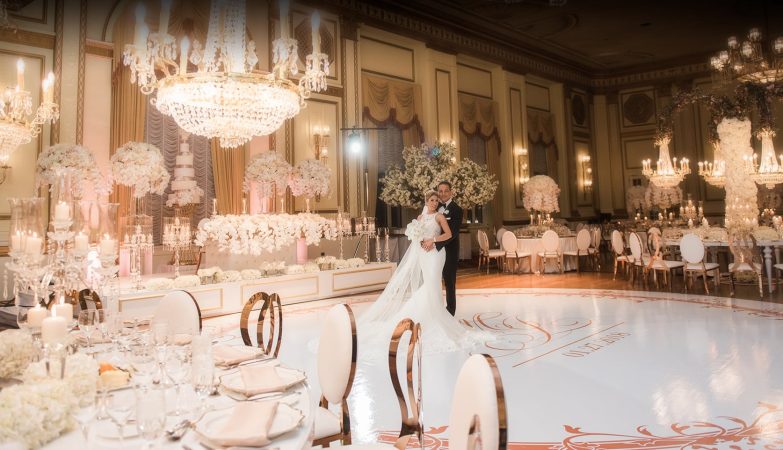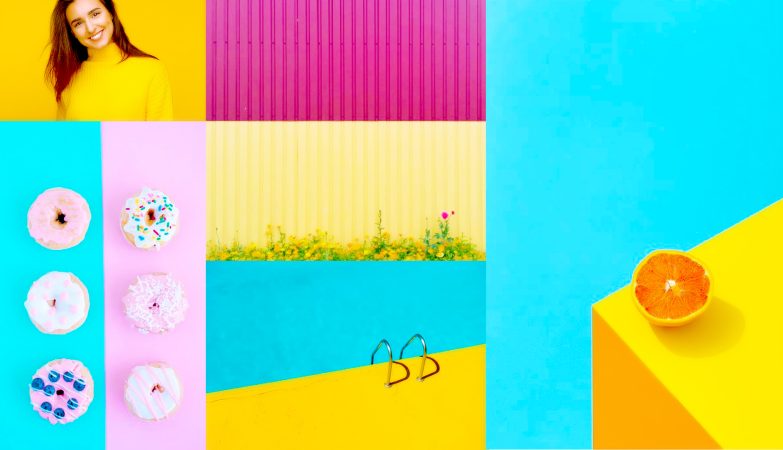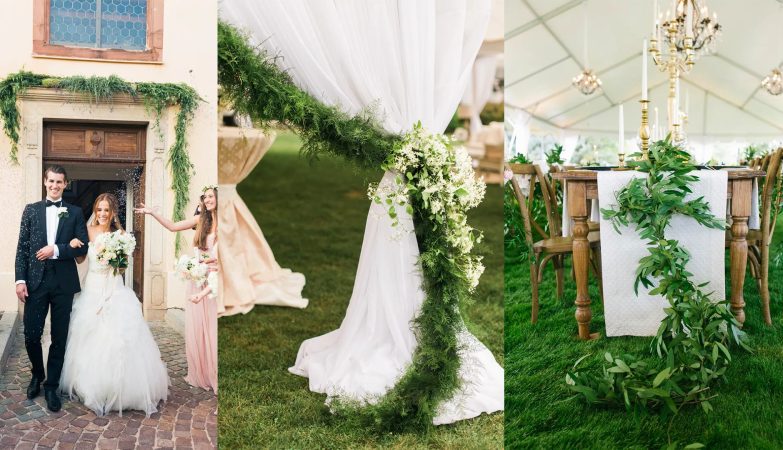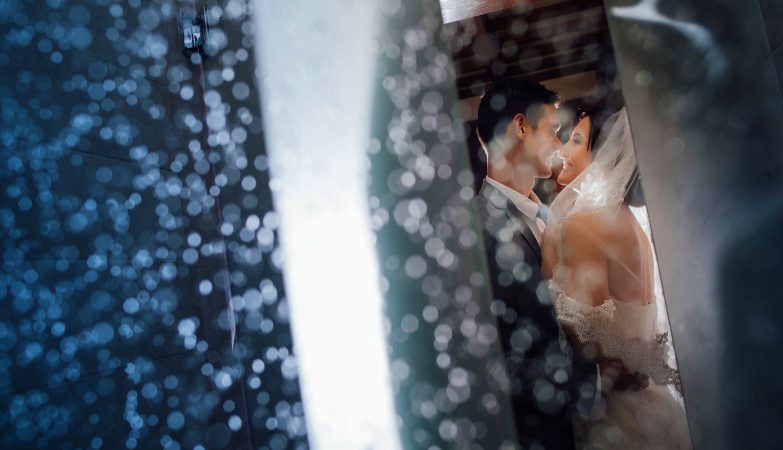
Ten tiny toes, wisps of soft hair, pudgy cheeks, snoozing eyelashes, and, of course, that new baby smell. But blink and that newborn is suddenly running around the house half-naked and dropping things in the toilet. Childhood happens at lightning speed – which is why capturing those littlest moments with newborn photography is so important.
Photographing a newborn may seem simple at first – after all, they don’t move around, right? But newborns can be one of the more challenging photo subjects. They can’t hold their heads up, which can make finding an appropriate pose a challenge. They’ll need breaks to eat or get a fresh diaper, which pushes a few minutes of taking photos into a few hours. And many newborns will have red or blotchy skin that’s tricky to edit.
But newborn photography isn’t any less impossible than surviving those first few months as a new parent on minimal sleep. Whether you are photographing your own new little one, or looking to branch out into newborn photography professionally, here are 12 newborn photography tips to get you started.
Safety First When It Comes To Newborn Photography
Newborn photography is not all as it seems. That baby in a hammock? The little girl propping her head up in that froggy pose? And the little guy in a firefighter helmet? Those are all Photoshop tricks. Babies can’t hold their heads like that, and you should never place a baby inside a prop that may tip over or otherwise endanger the baby without taking proper precautions.
Do not expect to start out newborn photography taking the same shots as professionals who have worked in the field for a decade. If this is your first newborn shoot, stick with the poses that the baby can hold on their own. These shots are still sweet, but most importantly, are safe. Once you gain experience with working with newborns and the tricks behind some of those iconic but unnatural poses, you can venture into those trickier shots. If you want to move into those tricky shots right away, take a class or workshop on baby posing to learn all the precautions first.
Photograph Newborns Before Two Weeks Old
Newborns don’t stay new for very long. After a few weeks, babies are more alert and spend more time looking around. Those sleepy newborn photos you see are best shot before two weeks old. That’s when babies are most likely to snooze away in that cute little basket.
Shooting early, the baby may still have some umbilical cord left in the pictures. While many beautiful newborn images still include that umbilical cord stump, if that bothers you, try to schedule closer to that two-week mark rather than earlier.
Of course, you can take pictures after the two-week mark – but you’ll have to work harder to get that sleepy baby photo. Alert, awake babies are also more likely to wriggle out of a swaddle or move their hands out of that perfect spot.
Create A Baby-Friendly Environment
Everything is new to a newborn – and if you want the little one to keep snoozing away while the lights change, the camera makes noises and the props are adjusted, you are going to have to do some prep work. Work to create a warm environment with a consistent noise level before you shoot.
Most newborn photos are done in that birthday suit, a swaddle, or a diaper cover. Clothes can be bulky and just cover up that newness. But, a naked baby is also a cold baby. Before shooting newborn photos, if possible, I bring a small space heater to warm the area up. Baby is less likely to fuss if the temperature is comfortable. Of course that means you’ll probably be uncomfortable, so wear layers you can remove as the room heats up.
The room doesn’t have to be noise-free – and in fact, soft consistent noise often helps babies stay calm longer. If the room already has some noise, the baby is less likely to react to any noises you make during the shoot. The heater I use is fairly loud, so it doubles as a white noise machine. But, you can also download a white noise track or app on your phone or play quiet lullabies during the shoot.
Sleeping Babies Are Peaceful Babies
Most newborn photos are of calm babies – and usually, that means they are also sleeping. Photographing a sleeping adult may be weird, but when photographing a newborn, expect to spend some time working to get the baby to sleep.
Babies look peaceful while sleeping – and they are also easier to work with for photographs because they aren’t going to pull out of that swaddle. That doesn’t mean you can’t photograph a newborn that’s wide awake, but be aware that many of the poses you see aren’t possible with an alert baby because they wiggle out of that perfect placement of the hands and toes.
Expect To Spend Most Of The Time Calming The Baby
Newborn sessions are often a few hours long, all for a handful of pictures. Patience is key when working with newborns. Much of the time during the session will be spent getting the baby calm, moving to new poses and taking the inevitable break because baby is hungry or has a dirty diaper – or worse, but common, dirtied your prop or backdrop because there was no diaper.
Avoid scheduling a short newborn session and leave a few hours to take the photos. If you are photographing your own newborn, take advantage of that and stretch the process out over a few days, shooting when the baby has just been fed and is comfortably snoozing away.
If you are shooting professionally or taking photos for a friend, remember to be patient as parents feed or change baby.
Try A Beanbag For Posing And Other Baby-Friendly Props
If newborns can’t hold their heads up, how do you pose them? A beanbag is an easy tool for helping contour the baby into natural poses. Beanbags designed for the task are easier to work with, but a regular beanbag can work too with a bit more finesse and a bit less cash. Another great posing item for newborns is one that many mums have – a u-shaped nursing pillow.
Both the beanbag and nursing pillow can be disguised with blankets or backdrops, so bring a few different colours if you have them available. Bring more than one of anything you need that the baby will be lying on – or you may be stuck if that item is peed on. Baskets and buckets also work well for posing newborns, but again, make sure you can use those props safely.
Adjust The Composition To Get More Variety From A Single Pose
In newborn photography, any time the baby is moved, you may have to start the process of getting the little one back to sleep all over again. To maximize the variety of shots without overwhelming the baby (or, let’s be honest, yourself), turn one “pose” into several by adjusting the composition and props.
Adjusting the composition is an easy way to add more variety. Take a full length shot then take a head and shoulders. Shoot one from directly above and another on their level and maybe another somewhere between those angles. Consider more adjustments than just height too – moving a few feet to the right or left can add some variety and emphasize different aspects of the pose too.
Once you’ve shot a few different compositions of the same pose, you can also add variety by adjusting the props that can be changed without picking up the baby. Drape another colour swaddling cloth over, for example, or change out a headband or hat.
Don’t Forget The Details
Newborn photography is also a perfect place to practice macro photography too. As you alter the composition, capture some close-ups of that teeny-tininess too. Think toes, hands, eyelashes, wisps of baby hair and that brand new belly button.
Getting up close will capture details that you can’t see in the full body shots. Every baby is different, so find what inspires you or melts your heart and photograph that aspect up close.
Use Natural Light Whenever Possible
You don’t need to invest hundreds of dollars in studio equipment to be a successful newborn photographer. Yes, some photographers have elaborate studio set-ups and do well, but starting out, the easiest (and cheapest) way to light newborn photos is with a window.
Natural light from a window is soft. Hard light, on the other hand, can emphasise imperfections in the skin and many newborns have a bit of redness or bumps. Set up by a large window, but preferably one that doesn’t have direct sunlight. If the window does have the sun angled directly outside, you can soften the light by using sheer curtains.
Shadows will add depth (and emphasize the cuteness of any pudgy rolls), so place the baby at an angle to the window, rather than parallel to the light source.
Avoid placing the baby in any positions where light would seem unnatural – for example, light over the head is natural because of the sun, but light steaming up towards the feet, well, when was the last time you were stepping directly on a light?
Watch how the light falls on the baby and make any necessary adjustments. Altering the angle of the light between poses can help add variety too.
Photograph Mum, Dad And Siblings Too
A new baby is an expanding family – so why not include the whole family in some of those shots? If possible, get a few family shots in the session, including everyone together, some of just mum and baby, just dad and baby and just the siblings and baby. Remember that mom just grew an entire human being and is probably both still recovering and a bit self-conscious.
Incorporating the parents can also introduce new poses too, even shots that focus more on the baby than the family together. The baby in mum’s hands, for example, or looking over dad’s shoulder. These poses are great for babies that like to be held and fuss in other poses.
Be Flexible
Babies are unpredictable – if you are photographing your own child, you are probably well aware of that. Don’t have your creative vision set on a specific shot, or you may spend so much energy trying to get a shot that’s not going to work for that particular infant and miss plenty of other opportunities in the process.
If the baby is alert and looking around, capture photos that highlight those eyes. If baby is fussy even after breaks for feedings, try altering the temperature or noise level. Or try shooting photos with baby in mum’s arms. If baby doesn’t like a certain pose you had in mind, move on to the next one.
With some flexibility, you may not capture the image you had in mind, but you will capture that baby’s particular tendencies and get a variety of shots.
Edit Carefully
Once the shushing and soothing of the session is over, your work isn’t quite done yet. Editing can make a big impact on the overall mood of the image. Lightening shadows can create a softer look, while altering colour with the hue, saturation and luminance sliders can create the soft pastels often associated with newborn photography.
Skin redness is often a problem in newborn photography and adjusting the luminance of the red and orange channels can help reduce that redness without spending lots of time at the computer. Newborn acne can be removed with the healing brush tool in Photoshop, Lightroom or another full-featured image editor.
In newborn photography, however, there’s a fine line between reducing skin redness and airbrushing skin that’s already baby smooth. Editing temporary imperfections such as skin redness and newborn acne is fine, but make sure looking at those photos makes mum remember those days.
Stay away from the skin blur since that skin is baby soft already. Leave birth marks, cow licks and other quirks alone too.
Newborn photography is full of cries, uncooperative subjects and even bodily fluids when shooting diaper-free. But newborn photography also captures the most fleeting days of parenthood, the expansion of a family, and the start to a new life.
By integrating a few tricks from the right props to using (free) natural window light, you can capture that newborn essence in pixels.
Now if I could just figure out how to bottle up that newborn smell (sans poopy diaper)…
originally posted on expertphotography.com by Hillary Grigonis
